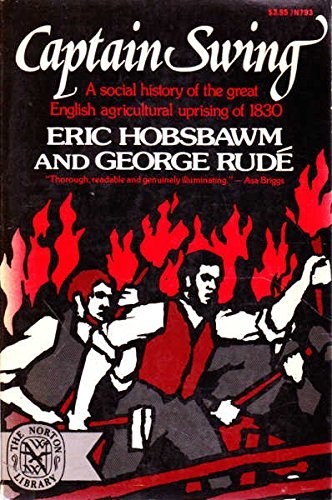What do you think?
Rate this book


Paperback
First published February 6, 1969
I induced the magistrates to put themselves on horseback, each at the head of his own servants and retainers, grooms, huntsmen, game keepers, armed with horsewhips, pistols, fowling pieces and what they could get and to attack, in concert, if necessary, or singly, those mobs, disperse them, and take and put in confinement those who could not escape. This was done in a spirited manner, in many instances, and it is astonishing how soon the country was tranquillised, and that in the best way, by the activity and spirit of gentlemen"
"[Threshing] machines are as much entitled to the Protection of the Law as any other Description of Property and... the course which has been taken of prescribing or recommending the Discontinuance of them is, in fact, to connive at, or rather to assist in the Establishment of a Tyranny of the most oppressive Character"
You and the gentleman have been living upon all the good things for the last ten years. We have suffered enough, and now is our time, and we will now have it. You only speak to us now because you are afraid and intimidated